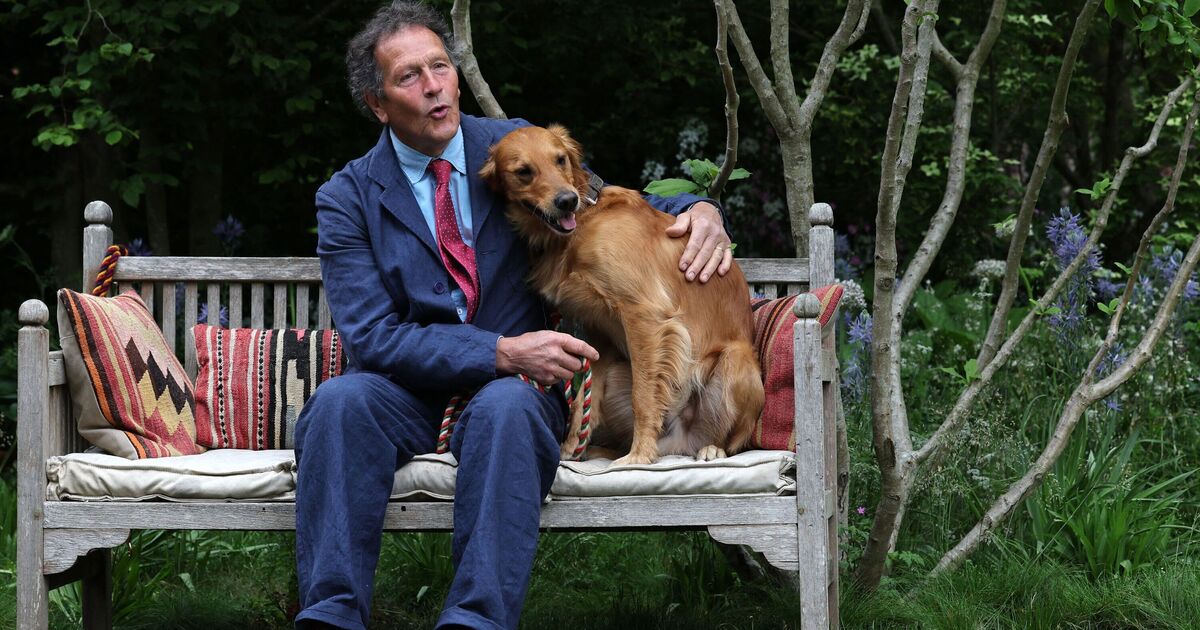Gardeners are bombarded daily with advice about how and when to do basic tasks such as planting, pruning and mowing. And a lot of that advice is “terrible,” according to Simon from the Walking Talking Gardeners YouTube channel.
Simon singled out Gardeners’ World favourite Monty Don for issuing one tip in particular, which he claimed is scientifically incorrect. Monty had advised gardeners to hold off mowing until July, because leaving grass to grow was beneficial for pollinating insects.
Simon denied that suggestion, saying: “These plants are wind-pollinated. They do not produce pollinating insects.” He added: “The only way it would be [true] is because if you’ve got a load of weeds in your lawn…if you’ve got weeds in your lawn, well, that’s down to you.”
He adds that while long grass does undeniably provide a beneficial environment for insects, not all those insects are welcome. He explais: “One of the creatures that perhaps you would not like to have in your garden are ticks… They love the long grass. The longer you leave it, the happier they are. Your pets can be covered in them; biting, sucking all the blood out of them.”
Ticks can not only harm our cats and dogs, Simon points out, but infect humans with a range of nasty diseases including not only Lyme disease, but potentially life-threatening tick-borne encephalitis.
He adds that if you would really like to support pollinating insects throughout the spring and summer, then you should “get rid of your lawn and put in a wild flower meadow”.
Another reason that grass shouldn’t be allowed to grow to its full height, Simon says, is the danger from grass seeds: “They’re little sticky, sharp, horrible little things that if you’ve got pets such as dogs and cats, they love to stand on them, and get infected paws.”
He says that grass seeds can even root into an animal’s skin, causing unsightly injuries that he fears would get him “kicked off of the internet” if he shared one photo of the damage.
“My next piece of terrible advice,” says Simon, “is to do with watering your tree ferns”. Tree ferns, he explains, have evolved to thrive in areas of very heavy rainfall: “The whole being of this plant is to take in water and hold onto it as best as it can.”
He says that some people believe that gardeners need to acclimatise tree ferns to the weather conditions we have here in the UK: “You’ve got to toughen it up so that it can survive, and that meant you don’t water your tree ferns through the crown.”
Singling out the gardeners at RHS Wisley as being particularly prone to making this mistake, he says: “You can water [your tree fern] just at the base as you would do your regular plants. But really that is not what this plant requires to grow well.
“If you don’t give it additional water through the crown, that crown is going to start shrinking up. Year on year, you’re going to get a reduction in that canopy.”
You will see smaller fronds, and fewer of them, he warns: “Over time, your plant will look like all those other plants that they have at Wisley, who have some bizarre kind of management techniques that really ends up killing them all off.”

